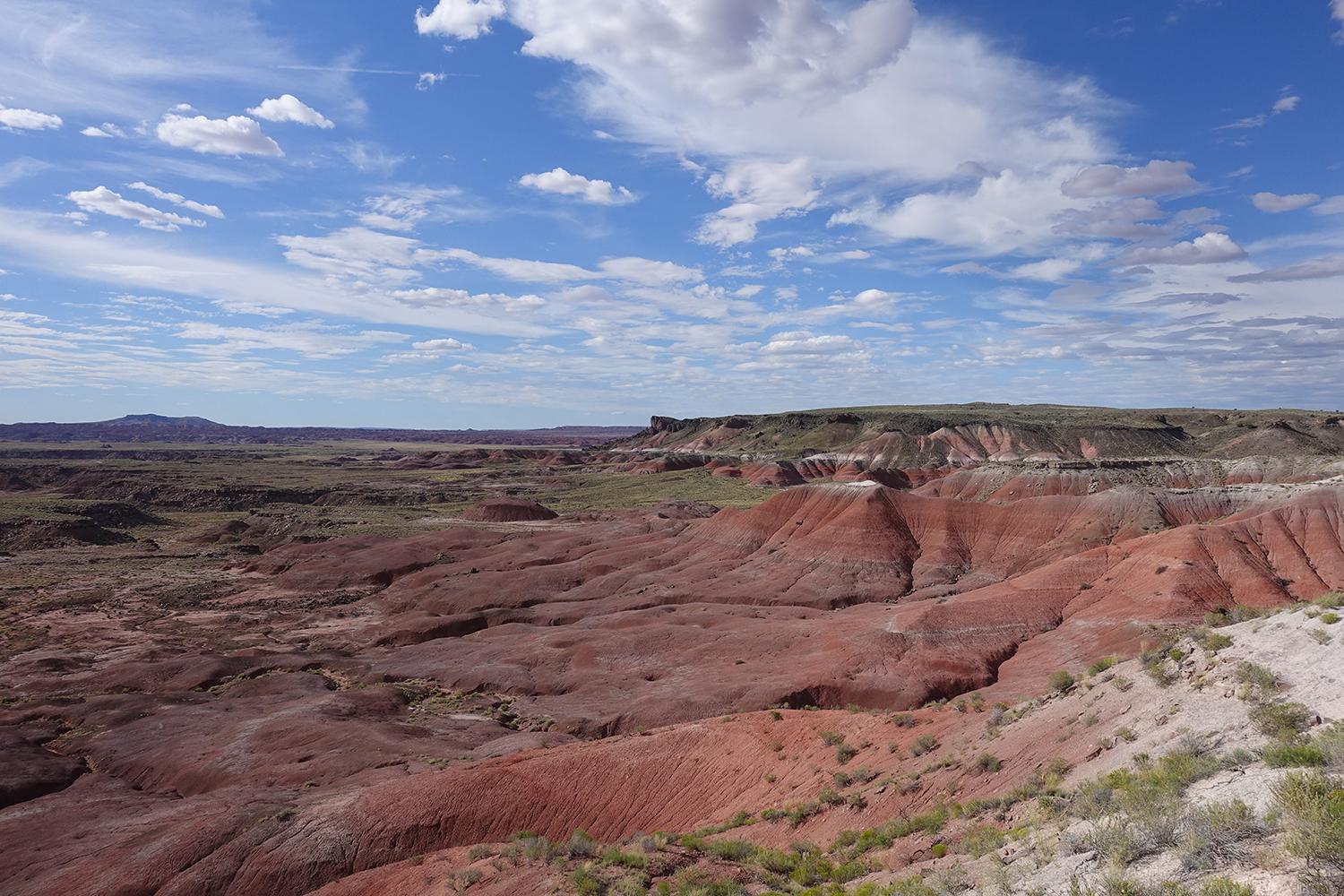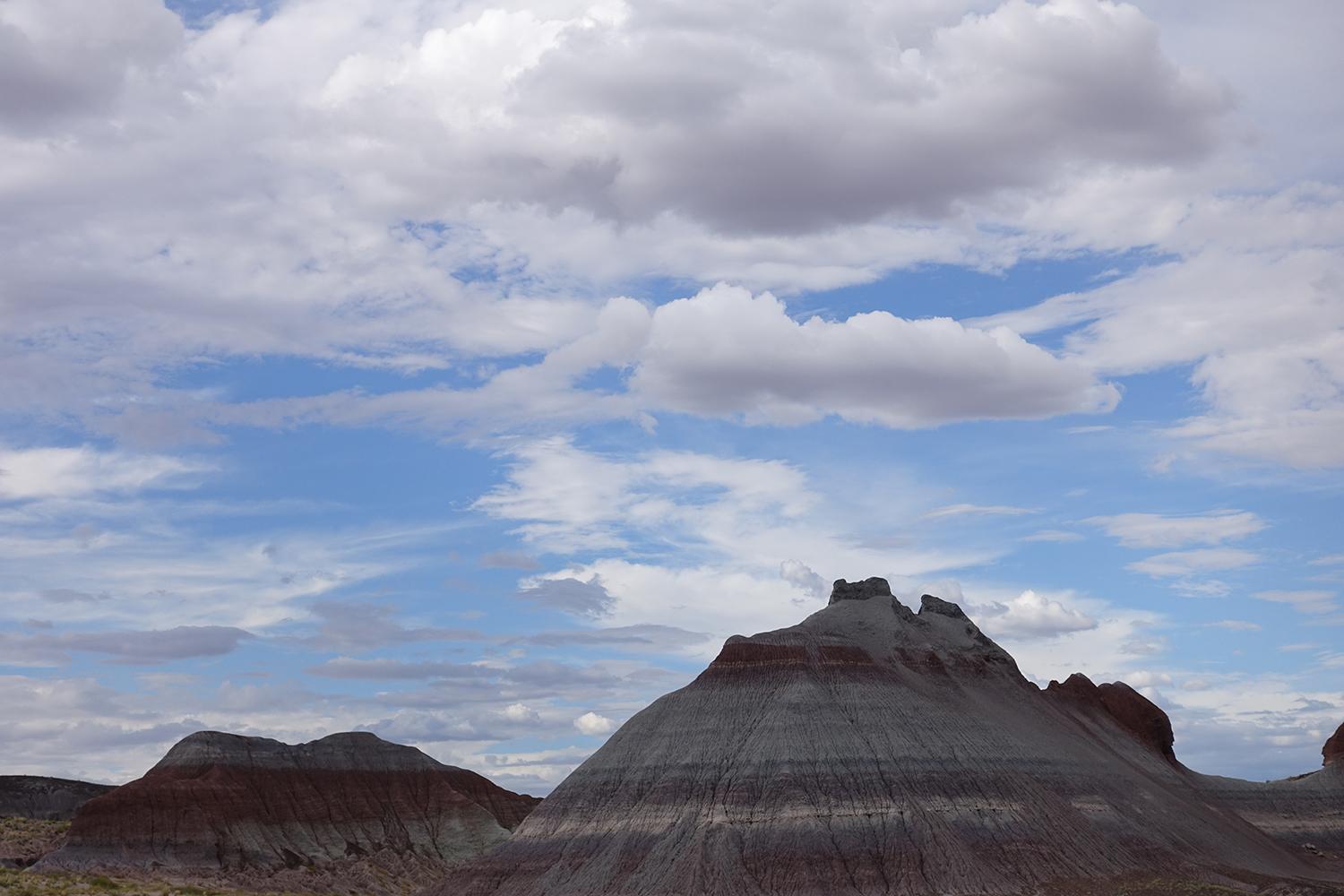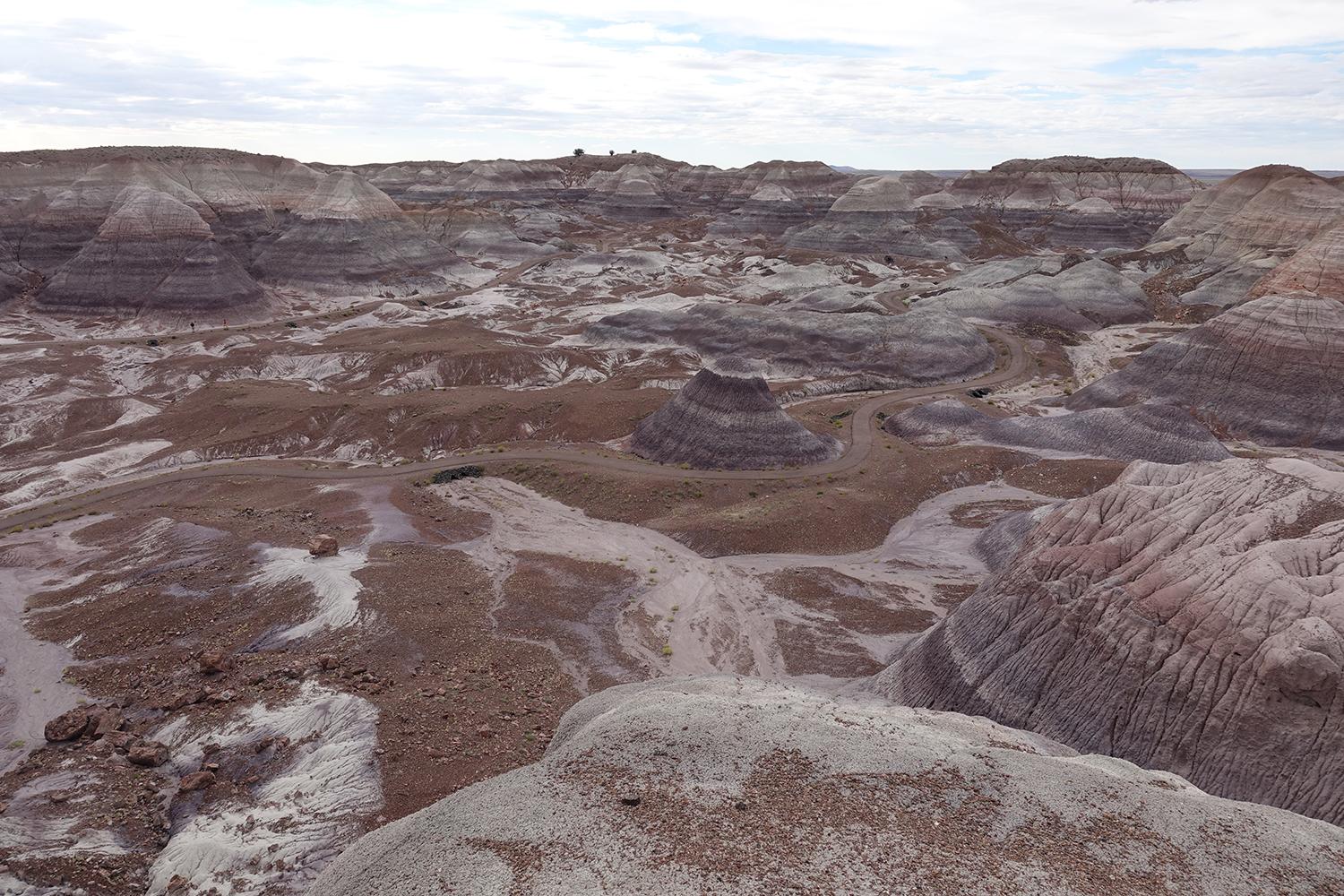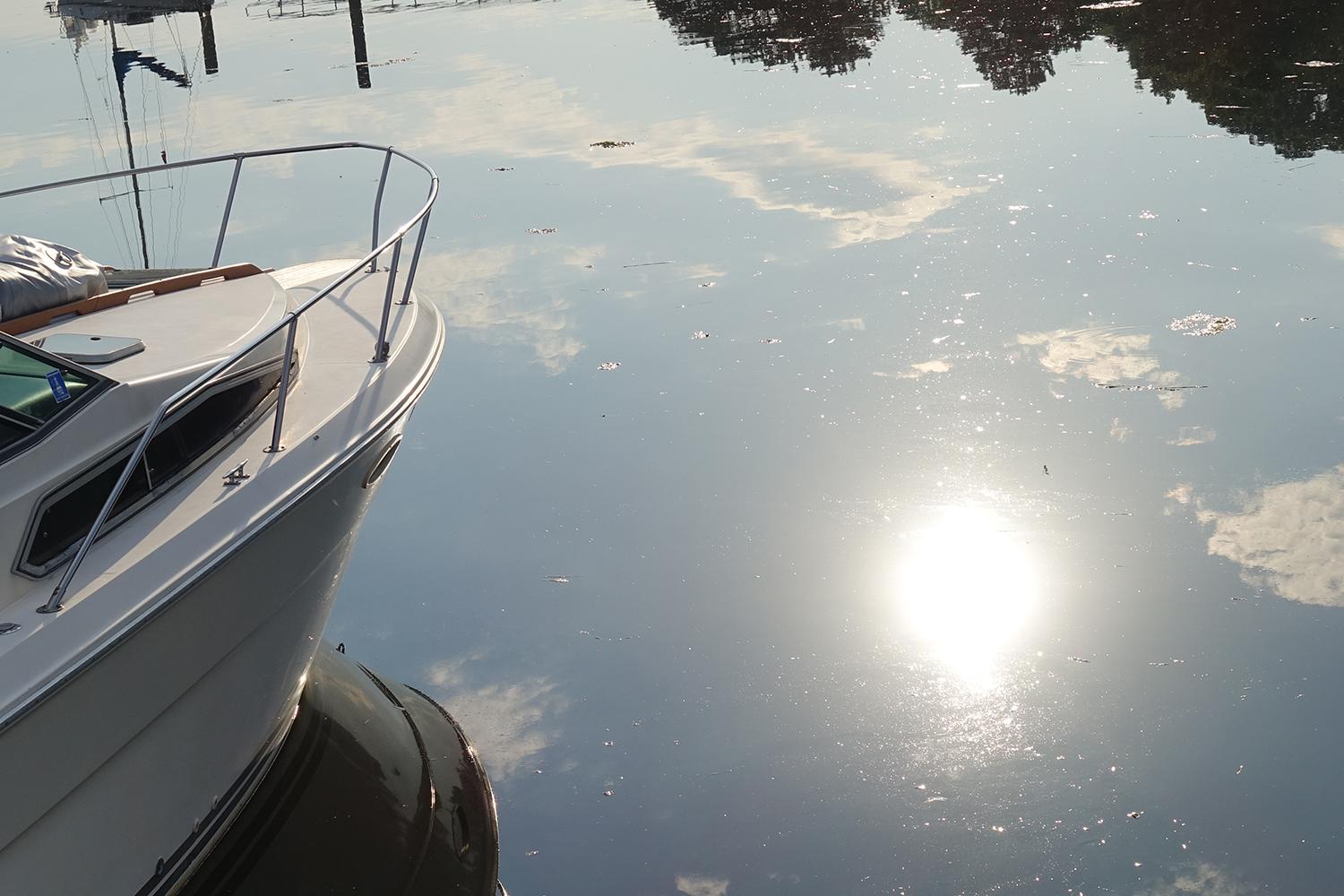“Like its predecessor, the RX100 IV is expensive, but it’s also the best compact camera you can buy.”
- 1-inch, 20.1MP “stacked” CMOS sensor
- Outstanding photos and videos
- 4K and super-slow-motion modes
- Improved EVF
- Even pricier than before
- Limited focal range
- Mediocre battery life
Like the auto industry, camera makers refine and tweak their models for every new year or so. The Sony Cyber-shot RX100 series is a classic example: Barely 12 months after the $800 RX100 Mark III made the scene, the new Mark IV ($1,000) has arrived. We’ve rated every version of the RX100 favorably, and although it’s expensive, it’s one of the pocket cameras available. However, Sony also manages to impress us with new features: Cosmetically the Mark IV looks the same as the Mark III, but it uses a revolutionary “stacked” sensor that’s causing a stir, and, for some users, it may be worth the $200 premium.
Features and design
You’d be hard pressed telling the Mark III and Mark IV apart, but there’s nomenclature etched onto the top deck indicating the model number, the Exmor RS sensor designation, and 4K – the latter highlighting the this compact camera ability to record 3,840 x 2,160 (ultra high definition, or UHD) movies, up from the Full HD of the previous model. There’s also a new setting on the main mode dial, HFR for High Frame Rate, that lets you capture slow-motion clips. These two improvements are made possible thanks to the new sensor, which is able to process more information (more on this later).
Beyond these changes, externally the Mark IV look very similar to the Mark III. They are both compact, black digicams that easily fit in your hand and pocket, although it’s slightly chunkier and heavier than a typical pocket cam (4 x 2.4 x 1.7 inches; 10.5 ounces, with battery and card). But we had no trouble carrying the Mark IV around all day.
On the front is an AF Assist lamp to handle focusing in low light, and the f/1.8-2.8, 2.9x (24-70mm) Zeiss Vario-Sonnar T* lens with a control ring for manual adjustments. If we have to fault the camera, it’d be the limited focal length; we complained about the lack of telephoto range with the Mark III and the same holds true here. If you need a very long zoom, this may not be the camera for you, but for portrait and landscape shots, we have no issues. Plus, Sony is using high-quality optics and, at f/1.8, it’s a fast lens at wide-angle.
The top deck has a mode dial, combo shutter button/zoom lever, and an XGA OLED .39-inch pop-up electronic viewfinder (introduced in the Mark III), making it one of the few compacts with an EVF. We raved about this feature in the Mark III, but it’s even better in the Mark IV, thanks to the improved resolution (2.36 million dots versus 1.44 million). To use, simply press the switch (on the left side of the camera) to pop the EVF up, pull out the screen, and adjust the diopter. Having an EVF is handy for framing, especially when intense sunlight washes away the larger LCD’s visibility. There is no hot shoe for external flashes (not that we think this camera’s user will be using one), but there’s a flash built in.
On the right side are compartments for HDMI and USB/multi-A/V connections, while the left has the NFC (near-field communication) tag and EVF switch.
The back panel is dominated by a 3-inch LCD that flips up 180-degrees for selfies; it can also be angled for shooting overhead or at waist level. The screen is rated 1,228K dots and is very sharp. It would be nice if it were touch-enabled. We encountered no major issues using it, but, as mentioned, when things got too bright, we switched to the EVF.
There’s very little room on the back, so there are just a few buttons and controls to the right of the LCD. There’s red-dot movie record, Function, Menu, Playback and Custom/Delete. The last four buttons surround a jog wheel with center OK button. Press the four points on the ring and you have access to Display, Flash options, exposure compensation, and burst mode/self-timer settings.
Great stills, outstanding video, and loads of features make this an amazing compact cam.
On the bottom is the battery/memory card compartment and tiny pinhole speaker. The battery is rated 280 shots using the LCD, 230 with the EVF. These are not terrific numbers and a spare battery is a must if you’re shooting RAW or Extra Fine JPEGs, or videos at 4K or slow motion. The battery charges inside the camera. Also, make sure you use a high-speed SDXC card if you plan on capturing videos in the XAVC S format; Sony recommends UHS Speed Class 3-rated (U3) media for best results when using the 100 Mbps video setting.
Like all high-end Sony cameras, the Mark IV has Wi-Fi to pair with a smartphone for remote operation or sharing (via the PlayMemories Mobile app for iOS or Android, downloadable from their respective app stores) . Android users with NFC-enabled devices can enable quick pairing by tapping. The camera also supports a variety of PlayMemories apps, which are downloaded onto the camera and allow for different functional and creative shooting modes.
What’s included
Sony supplies the camera, battery, AC adapter for charging, USB cable, wrist strap, and quick-start guides. There’s no software CD but the company offers a free download of Phase One’s Capture One Express (for Sony) to handle images and RAW files.
Warranty
For the period of one year from the original date of purchase, Sony will, at its option, repair or replace any product or parts determined to be defective, with a new or refurbished product or parts.
Performance and use
The major evolution in the Mark IV is the 1-inch “stacked” 20.1-megapixel CMOS sensor. By adding a DRAM chip to the sensor, processing speed was increased by five times. This allows the camera to record 4K and slow-motion video as well as hitting a top speed of 1/32,000th of a second using the electronic shutter (1/2000 using a mechanical shutter). The RX10 Mark II, announced alongside the Mark IV, uses the same sensor design with a slightly higher 20.2MP resolution, but it too does the same tricks. If you want to geek out, Sony has a detailed description. Most consumers, however, only care about end-results for their investments, so let’s get to it.
We used the camera in a variety of locales including Arizona’s Petrified Forest, idyllic seashores, and family gatherings. The results are outstanding. We also found the camera to be very responsive and fun to use. Controls are logically placed although the movie-record button is too small and hidden to be really convenient. Fortunately, you can customize some of the buttons, so you can reassign the function to the much larger C (Custom) key. We noted the camera’s fast 1/32,000 response, and it’s useful for capturing super-fast-moving objects when shooting in Shutter Priority (we doubt, however, most of us will be shooting race cars or bullets). Also nice is the 5.5-frames-per-second (fps) burst mode. If these specs look over-the-top for a pocket camera, you’d be right – it’s one of the reasons this is such a fine camera.
The DT Accessory Pack
Up your game and the get the most out of your gear with the following extras, hand-picked by our editors:
SanDisk Extreme Pro UHS-I/U3 64GB SDXC Card ($30)
To take advantage of the RX100 IV’s highest settings, you need a fast card with a large-enough capacity (get more if you can afford it).
Sony NP-BX1 Battery ($36)
The RX100 IV doesn’t have great battery life, so packing a spare is useful.
Sony Premium Jacket Case ($54)
Keep this pricey camera well-protected with this special case that gives it a luxurious feel.
Thanks to the new sensor, one of the Mark IV’s coolest features is High Frame Rate recording to capture super-slow-motion videos. While you can capture slo-mo with the latest smartphones, they don’t let you fine-tune the speed like the Mark IV does. Just turn the mode dial to HFR, go into to the menu system to pick a quality level, such as 60p/30p/24p (all at 50 Mbps) – we used 30p – which impacts the slow-motion speed. At 30p, you can shoot 8x slo-mo at 240 fps, at almost Full HD (the “x” refers to the slo-mo speed, so the larger the number, the slower the video); 16x at 480 fps, and 32x at 960 fps (resolution dips as you increase the speed). At 24p, you can reach 40x at 960 fps. You’re not limited to shooting in auto as you also can pick between HFR Program Auto, Aperture and Shutter Priority, as well as Manual. You can also enter a Start Trigger and an End Trigger. With Start you get the action that occurs once you press the shutter. With End, it uses the material in the buffer. This might sound a bit complicated but it’s really not once you start handling the camera and playing with the settings.
When we did a hands-on test of the RX10 Mark II we had loads of great slow-motion subjects including paint ball and balloon explosions, as well as flying chalk and MMA fighters. The HFR systems of the new RX10 II/RX100 IV are the same so you can see the fun and creative potential for this setting. We’re sure YouTube will be filled with these slow-motion clips in the months ahead.
There is a drawback with HFR: The Mark IV creates an MP4 file from the captured material in-camera. That means you have to wait for the video to be processed before you can shoot again. The longer your file – say 960 fps –the longer you’ll have to wait. That’s why we settled on 480 fps; Sony recommends 30p at 480 fps for optimal results.
Video quality has been kicked up several notches with the Mark IV. Along with AVCHD and XAVC S Full HD clips you can also capture true 4K XAVC S movies (3,840 x 2,160) at a variety of frame rates and bit rates. We set the camera to 30p at 100 Mbps, which requires a UHS-3 card. The camera shoots quite well in low light, and the optical image stabilization system works very well, no matter indoors or out.
The Mark IV has a native ISO range of 125-12,800 but 80 and 100 are available in manual modes. We’d feel confident shooting to ISO 2,500 but a few concert shots taken at ISO 4,000 were quite noisy. Still, with the wide aperture and good stabilization you should be fine shooting in low light.
The camera has built-in Wi-Fi and an NFC tag for Android devices. There were no issues linking the Mark IV and a Samsung Galaxy S5 loaded with PlayMemories Mobile. Copying images from the camera to the phone took no time.
Conclusion
Like the RX100 Mark III, the Mark IV earns our Editor’s Choice. This small package is expensive and it’s a niche camera, but it’s possibly the best compact digicam you can buy; there is some truly amazing enhanced performance over its predecessor and the competition. Great stills, outstanding video, a bright lens, and loads of features that’ll keep advanced photographers spending days delving into all the sophisticated options, despite the short zoom.
Highs
- 1-inch, 20.1MP “stacked” CMOS sensor
- Outstanding photos and videos
- 4K and super-slow-motion modes
- Improved EVF
Lows
- Even pricier than before
- Limited focal range
- Mediocre battery life
Update December 21, 2017: Sony has since released a new version of the RX100, the RX100 V. The Mark IV remains on in the product lineup — along with older models — and is still available new. This review was originally published on August 24, 2015.














